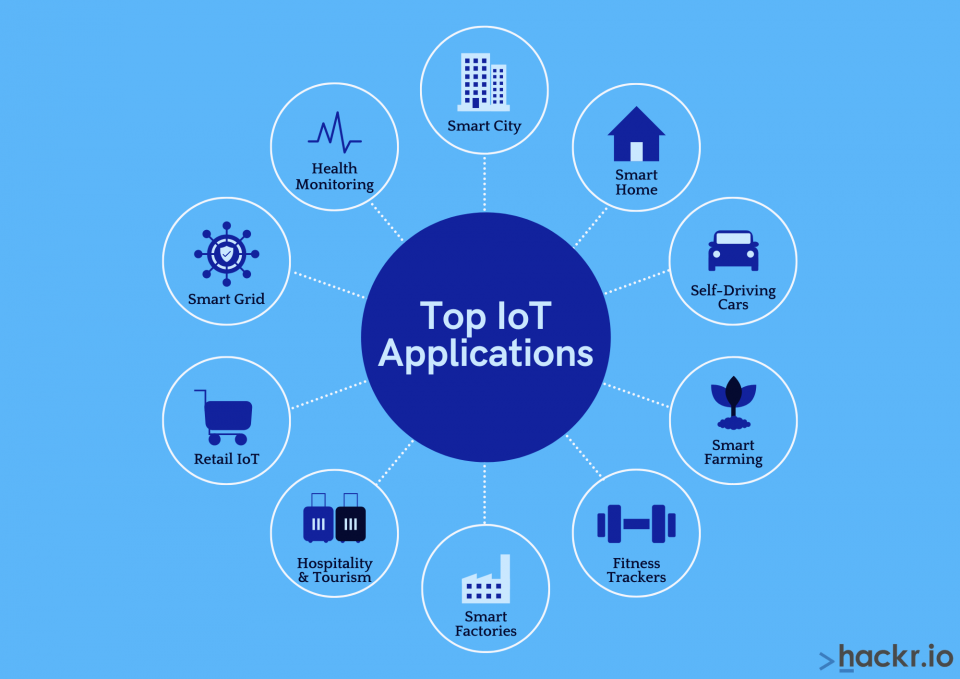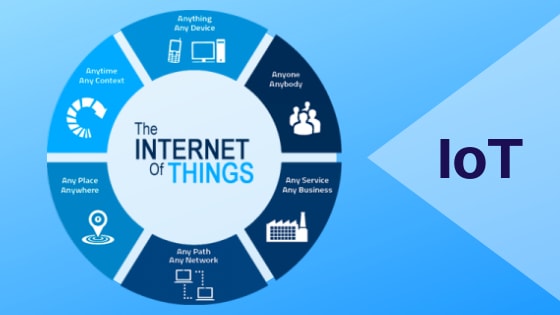Introduction
The term “Internet of Things,” or “IoT,” describes how physical things, machines, and gadgets that have sensors, software, and network connectivity are connected to one another. It makes it possible for these things to gather and exchange data through the internet or other networks with one another as well as with other hardware, software, and applications.
From wearables and smart household appliances to industrial machinery and transportation systems, IoT devices and applications are becoming more and more common in our daily lives. We shall examine the fundamentals of IoT, its advantages and disadvantages, and its applicability across several industries in this post.
What is IoT?
The Internet of Things (IoT) is essentially a network of actual physical things, machines, and devices that are equipped with sensors, software, and network connectivity to gather, share, and analyze data in real-time. These things might be anything from wearable technology and smart thermostats to industrial equipment and transportation networks.
IoT device data can be utilized for a number of things, including monitoring and controlling, automation, preventive maintenance, and analytics. For instance, a smart thermostat may gather information on temperature, humidity, and occupancy and utilize it to make energy-saving temperature adjustments.
Benefits of IoT
IoT has numerous benefits for both consumers and businesses, including:
- Improved efficiency and productivity: IoT devices and applications can automate many tasks, reducing the need for manual labor and increasing efficiency.
- Cost savings: IoT can help businesses save costs by reducing waste, optimizing resources, and improving maintenance practices.
- Better decision-making: IoT can provide real-time data and insights, enabling businesses to make informed decisions and respond quickly to changing circumstances.
- Enhanced customer experience: IoT devices can provide personalized and seamless experiences for customers, improving satisfaction and loyalty.
Challenges of IoT
While IoT has many benefits, it also poses some challenges, including:
- Security: IoT devices are vulnerable to cyberattacks, which can compromise sensitive data and systems.
- Compatibility: IoT devices and applications often operate on different platforms and protocols, making it difficult to integrate and manage them.
- Privacy: IoT devices can collect and transmit sensitive data, raising concerns about privacy and data protection.
- Complexity: IoT systems can be complex and require specialized skills and expertise to design, develop, and manage.
Applications of IoT
IoT has numerous applications in different industries, including:

- Smart homes: IoT devices such as smart thermostats, security cameras, and lighting systems can improve energy efficiency, security, and convenience in homes.
- Healthcare: IoT devices such as wearables and medical sensors can monitor patients’ health and enable remote diagnosis and treatment.
- Manufacturing: IoT can improve efficiency and quality in manufacturing processes by enabling real-time monitoring and control of machines and equipment.
- Transportation: IoT can enable real-time tracking and monitoring of vehicles, optimize routes and schedules, and improve safety.
Conclusion:
IoT is a field that is expanding quickly and has the potential to completely transform many facets of our life. IoT has many advantages and a wide range of exciting applications, despite some of its limitations. In order to ensure that IoT is developed and implemented in a responsible and sustainable manner as it continues to advance, it will be crucial to address its problems.

